The first time she went to China earlier this year, Huong Giang surprised and confused the supermarket staff near her school when she paid in cash.
Truong Thi Huong Giang, 21, went to China in February to study her first year at the International Chinese Language Education Department at Beijing Language and Culture University on a full scholarship. One of her first impressions upon arriving in Beijing was the almost cashless way of life there.
In China, all activities such as taking the bus, taking the train, and shopping at the supermarket use QR codes to pay via Alipay. Because he had just arrived and had not yet had time to get a bank card or register for the Alipay app, Giang still used cash when going to the supermarket.
"When the cashier at the supermarket saw me paying in cash, she looked surprised and struggled for a long time to find change to give me back," the female student from Hai Duong told VnExpress .
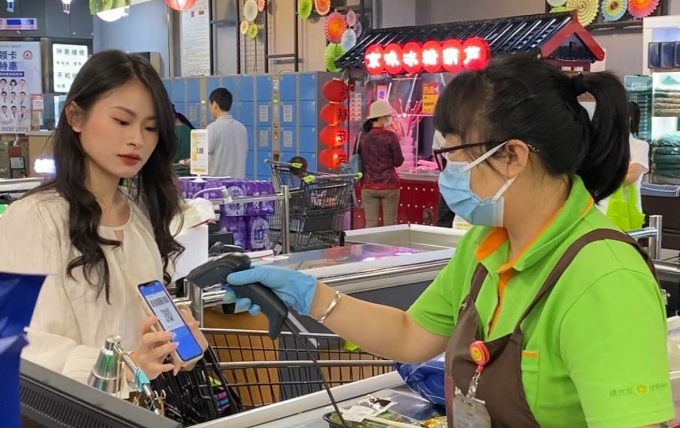
Huong Giang uses QR code to pay at a supermarket in Beijing, China. Photo: Character provided
According to a 2021 report by the Payment Association of China, scanning QR codes is the most frequently used payment method in the country, with 95.7% of users paying via mobile phones. The report said that nearly 53% of passengers used QR codes to pay for bus or subway tickets, while the proportion using prepaid transportation cards or cash gradually decreased.
Chinese people pay by scanning QR codes an average of three times a day. Those born after 1995 use mobile payments the most frequently, especially men, at an average of four times a day.
Convenience is the top reason people choose mobile payments, followed by habit and promotions, said Wang Yu, senior director of the risk control department of UnionPay, China's state-owned financial services group.
Huong Giang said that supermarkets in China still accept cash payments, but very few people use it now. Most supermarket customers scan the codes of the items they choose at the automatic payment counter, then operate on the screen to transfer money and receive electronic invoices without needing a cashier. The cashier counters at supermarkets are mainly to support the elderly and foreigners who do not know how to pay with QR codes.
Huong Giang uses a QR code to pay at an automatic cash register at a shopping mall in Beijing on May 13. Video: Provided by the character
Therefore, Huong Giang said that smartphones have become "inseparable" in China, because almost every activity requires a phone to scan QR codes.
"At school, I use my phone to scan codes to register, sign up, buy drinks, and buy things at vending machines. When I go out, I use my phone to scan codes to rent bicycles, pay for bus and subway tickets," she said.
To use the subway, passengers must scan a QR code when passing through security. When they arrive, they scan the code at the exit, allowing the app to calculate the distance traveled and deduct the fare. Huong Giang said she was quite confused at first, but once she got used to it, she found this payment method "extremely convenient."
Le Khanh Linh, 24 years old, a third-year student majoring in Chinese at Central China Normal University in Wuhan, Hubei province, said she is no stranger to the cashless payment system when going to the supermarket or using public transportation.
Khanh Linh uses a mobile phone to pay with a QR code to take the subway and rent a bicycle in Wuhan, Hubei province, on May 14. Video: Provided by the character
Khanh Linh said that subway fares in China are calculated by the kilometer, which is much cheaper than other means of transport. On a subway trip from Central China Normal University to the Yellow Crane Tower, she passed through 10 stations, with a total fare of about 4 yuan (13,500 VND).
Passengers have many ways to pay such as buying monthly cards, buying tickets at each station, or paying by scanning QR codes via the Alipay or WeChat apps. Khanh Linh chooses the QR code scanning method because of its convenience and safety.
"I hope public transport in Vietnam will also develop rapidly, giving people more options and no need to use cash when paying," she said.
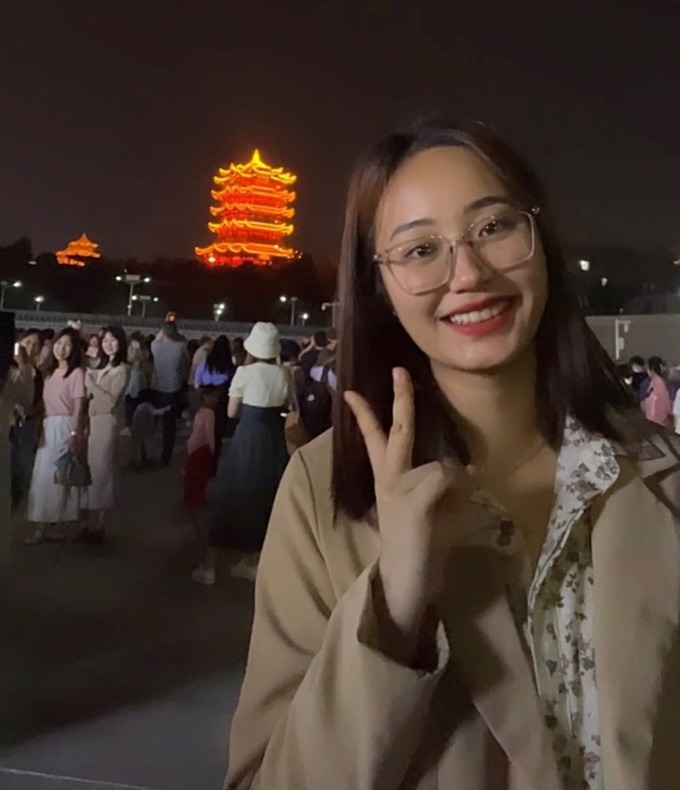
Khanh Linh at the Yellow Crane Tower, a famous landmark in Wuhan city, on May 12. Photo: Provided by the character
Hong Hanh
Source link


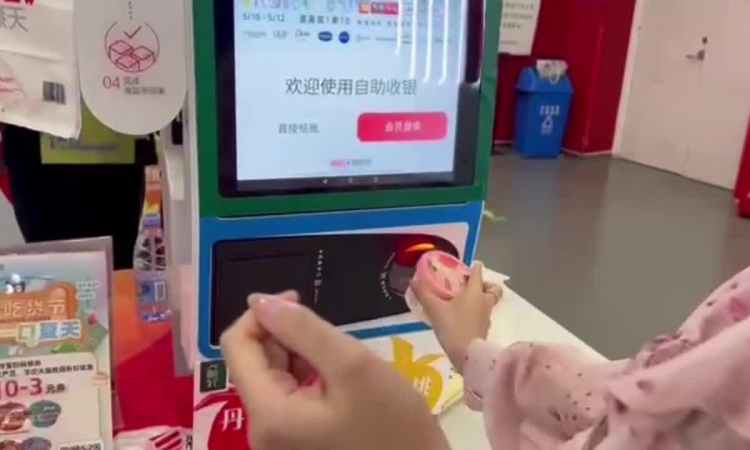
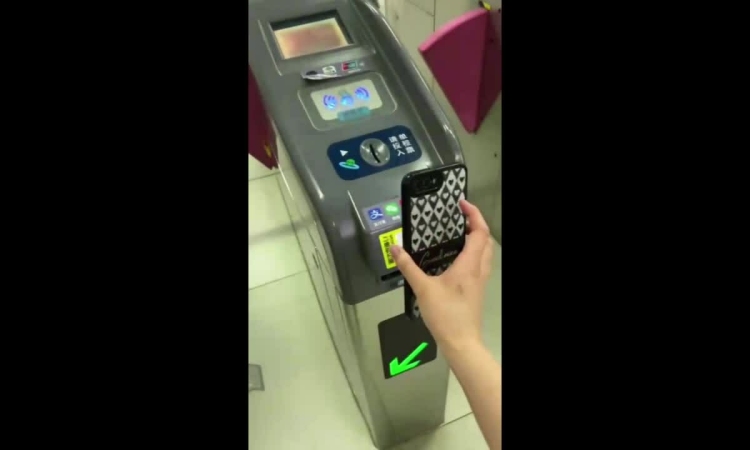
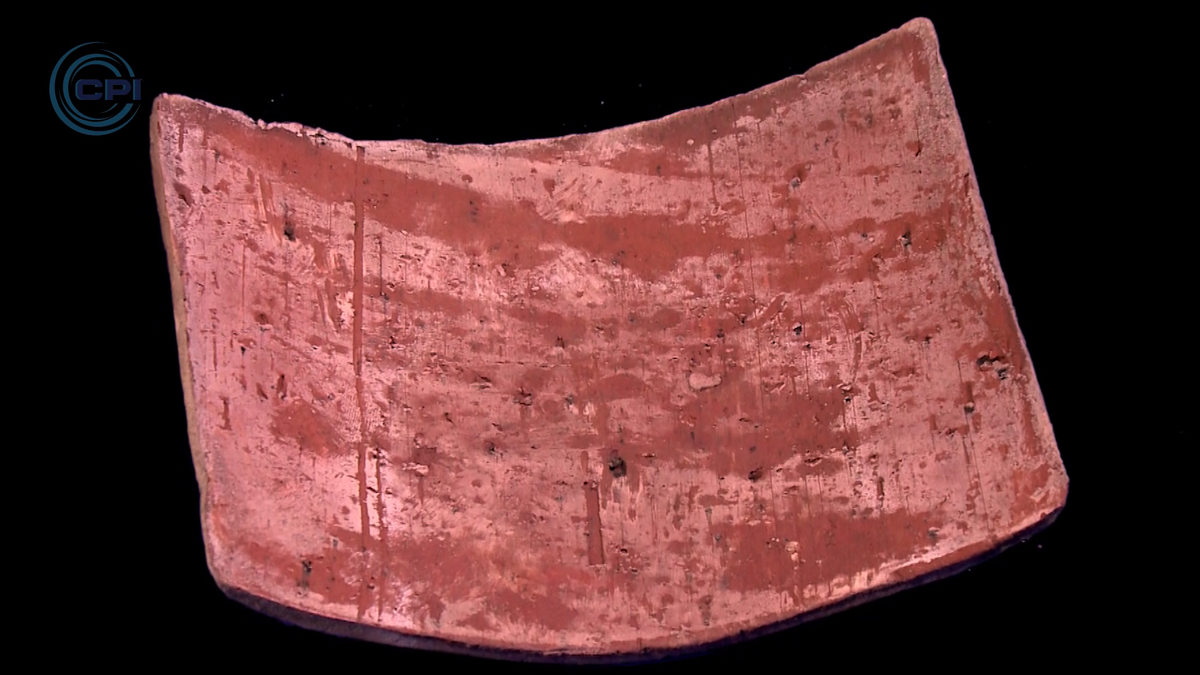
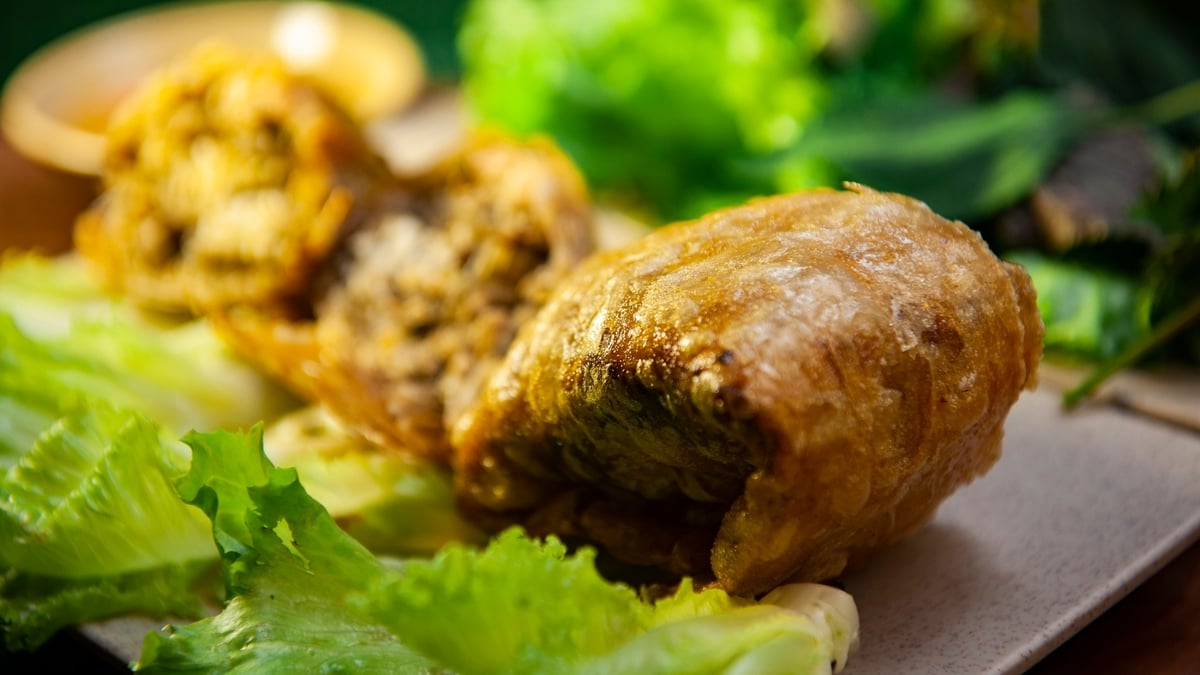

![[Photo] Prime Minister Pham Minh Chinh chairs the fourth meeting of the Steering Committee for Eliminating Temporary and Dilapidated Houses](https://vphoto.vietnam.vn/thumb/1200x675/vietnam/resource/IMAGE/2025/5/11/e64c18fd03984747ba213053c9bf5c5a)
![[Photo] National Assembly Chairman works with leaders of Can Tho city, Hau Giang and Soc Trang provinces](https://vphoto.vietnam.vn/thumb/1200x675/vietnam/resource/IMAGE/2025/5/11/c40b0aead4bd43c8ba1f48d2de40720e)
![[Photo] The moment Harry Kane lifted the Bundesliga trophy for the first time](https://vphoto.vietnam.vn/thumb/1200x675/vietnam/resource/IMAGE/2025/5/11/68e4a433c079457b9e84dd4b9fa694fe)
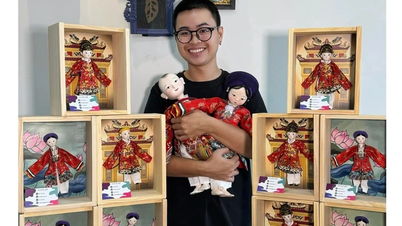







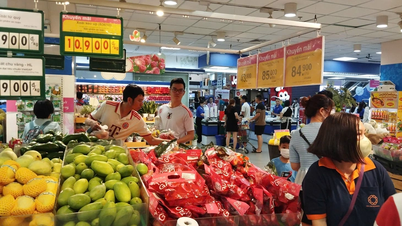


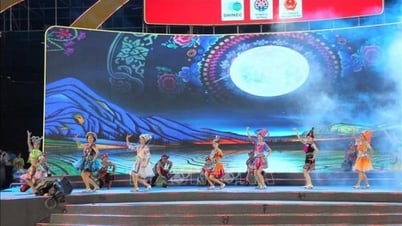
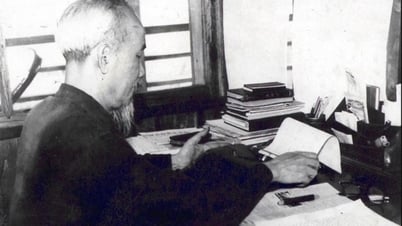
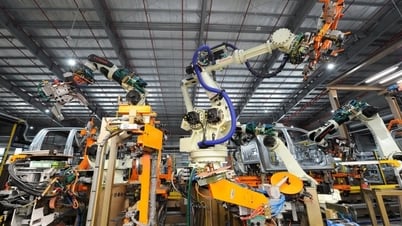
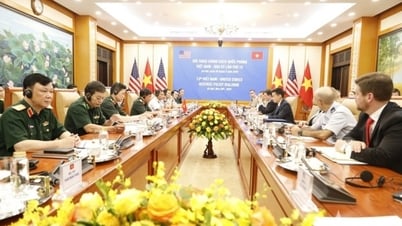





























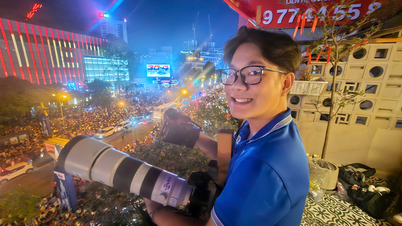

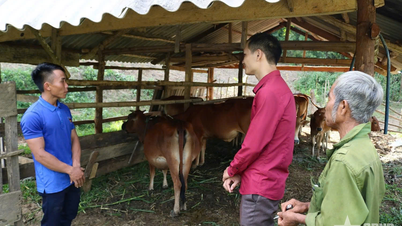








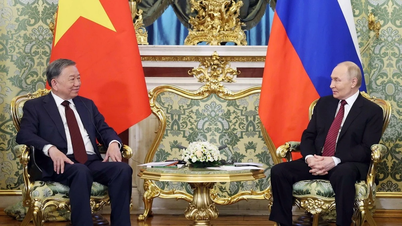
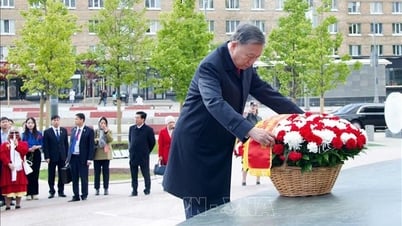

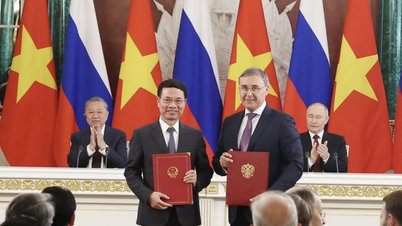
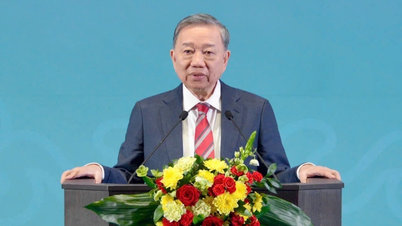













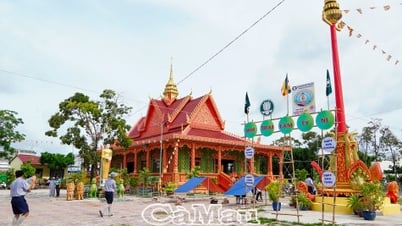

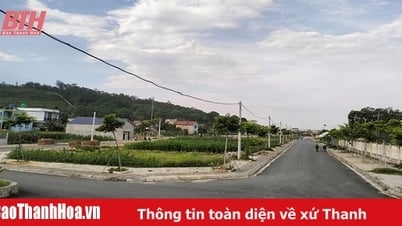


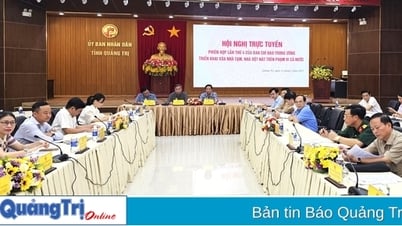













Comment (0)